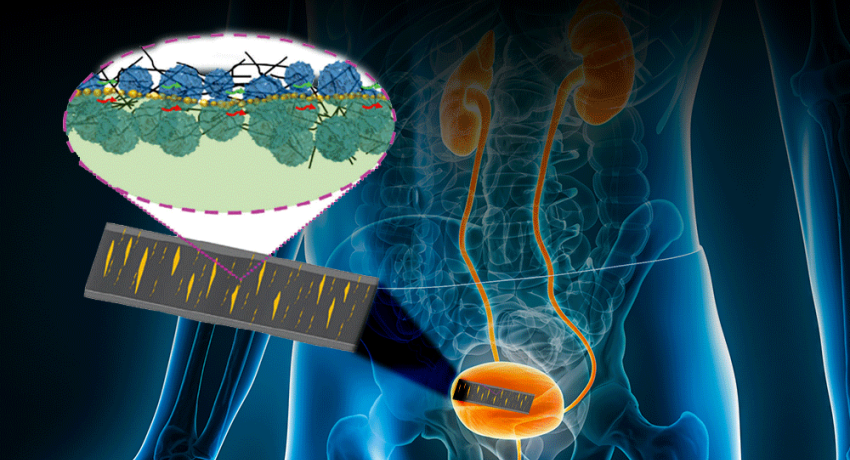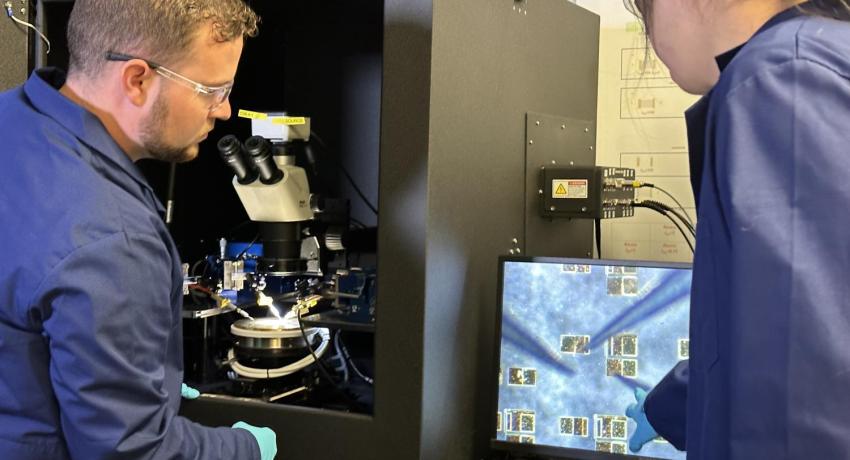Skin-like sensor monitors internal, external body movement, electrical signals
By Jamie Oberdick
A new skin-like sensor developed by an international team led by researchers at Penn State could help doctors monitor vital signs more accurately, track healing after surgery and even help patients with bladder control issues.
The sensor, which can be worn on the skin or implanted inside the body, can measure both physical movement and electrical signals. It is made from soft, stretchable materials that mimic human skin and is designed to work for long periods of time without losing performance.




